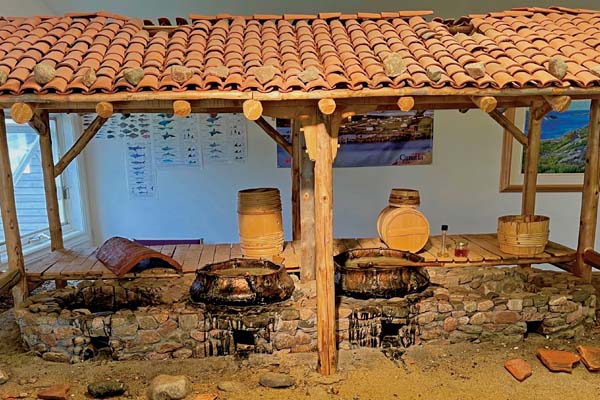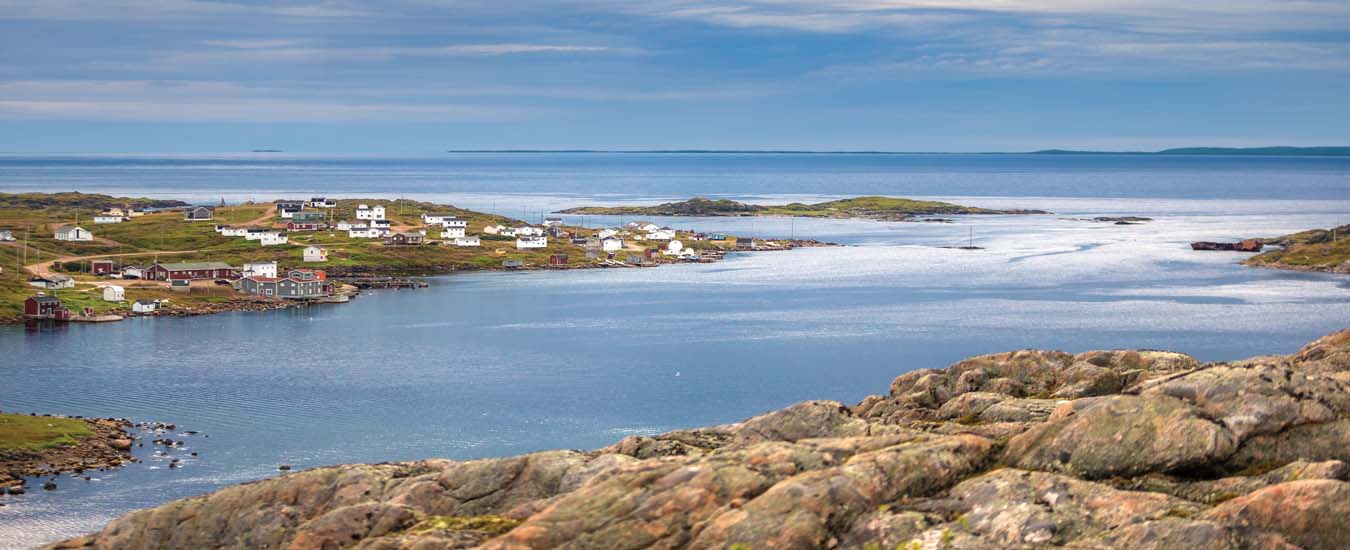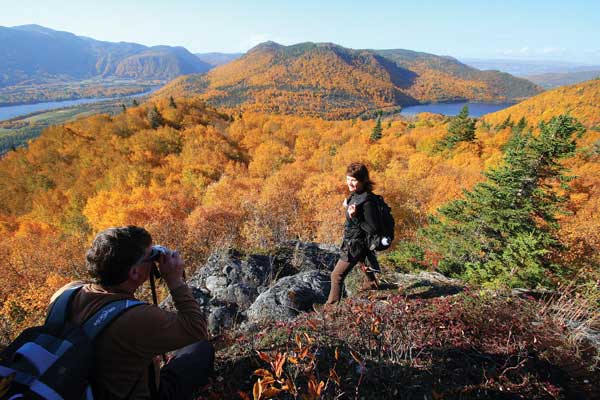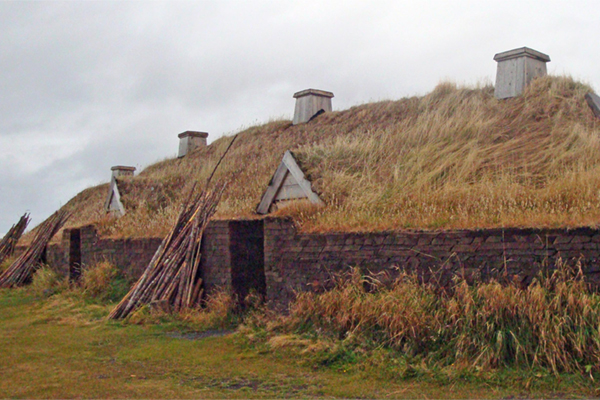Red Bay, Labrador is a UNESCO World Heritage Site
For many years, the small community of Red Bay on Labrador’s southeast coast was simply another of the many picturesque fishing villages in the province. All that changed dramatically in 1977, thanks to the archaeological detective work of one woman.
Selma Barkham was a Canadian historian who first heard rumours of 16th century Basque whaling stations in “Terra Nova” on a visit to Spain in the early 1970s. She spent years searching through ancient archival records and by 1977 was confident that the Basque whaling stations had existed and that she knew exactly where to look for one; Red Bay, Labrador. Armed with a grant from the Royal Canadian Geographical Society, she was able to find definitive proof that Red Bay and nearby Saddle Island had once been a thriving seasonal whaling community.
Barkham’s research also led her to believe that a significant ship had capsized in Red Bay in the 1560s. Underwater archaeologists discovered the wreck of a galleon, probably the San Juan, exactly where Barkham had directed them to look. Also discovered was a cemetery on Saddle Island, where the remains of 130 whalers who did not make it back to Spain were found.
The finds at Red Bay constituted an archaeological sensation and in 1979 it was designated a National Historic Site. Even more notably, it was declared a UNESCO World Heritage Site in 2013.

Rendering pots on display
While Labrador may seem like a difficult destination to reach, recent infrastructure improvements have made getting to Red Bay and other southeastern Labrador locations much easier than before. The ferry from St. Barbe, Newfoundland to Blanc Sablon, Quebec runs twice daily in the summer and takes just under two hours. From Blanc Sablon it is 80 kilometres to Red Bay on a fully paved highway. There are a number of places to stay and dine on this scenic route.
You should plan to spend at least a half day visiting Red Bay, which has much more to see and do than just visiting the Interpretive Centre. The starting point should be the hike up Tracey Hill to get an overall view of Red Bay from above. The trailhead is just before you arrive at Red Bay and is 689 steps up to a great panorama of the village and neighbouring Saddle Island.
The Red Bay Interpretive Centre is not much to look at from the outside, but inside a fascinating story unfolds. Right up until the invention of kerosene by Nova Scotian Abraham Gesner in 1853, whale oil was the primary fuel used in lighting in Europe and North America.
When John Cabot brought back news of the fabulous cod stocks of the Grand Banks in 1497, it did not take the Basques long to start an annual pilgrimage to the waters off Newfoundland. By the time Jacques Cartier sailed through the Strait of Belle Isle in 1534, he encountered many seasonal Basque whaling stations, including what is present day Red Bay.
The village operated as a Basque whaling station for about 70 years, hunting primarily the northern right whale—so-called because it was the best or ‘right’ whale to pursue—and the bowhead aka Greenland right whale.
Unlike later whaling techniques, which involved large ships from which smaller boats were launched in pursuit once a whale was spotted, the Basques at Red Bay relied upon the whales’ predictable migration routes to help them. They would spot them from land on places like Tracey Hill and relay the information to crews on shore, who would row a boat called a chalupa.
The well-preserved remains of a chalupa were found in the waters of Red Bay once extensive underwater archaeology by Parks Canada began here. The waters of the Strait of Belle Isle are very cold, which explains why wood, which rots away in warmer waters, stays reasonably intact here for centuries. Even more amazing than the finding of the wooden chalupa were the discoveries of four Spanish galleons in the Red Bay area, the San Juan in 1977, two more in 1980 and a fourth in 2004. The San Juan is Canada’s oldest known shipwreck, from 1565. There is a replica in the Interpretive Centre.
Aside from the artifacts and displays related to the whaling and the shipwrecks the Interpretive Centre delves into the day-to-day life of the Basque whalers, guided with much assistance from examinations of the bodies excavated from the cemetery on Saddle Island. Like the cold water, the peaty soil of the island has left much of the clothing worn by the deceased Basques in remarkable condition.
Although it was not operating in 2021 due to COVID-19, the Parks Canada ferry to Saddle Island should be back in service by next year and is an important part of any visit to Red Bay. Visitors can take a guided tour of the whale processing ovens and the cemetery or walk the island path on their own.



